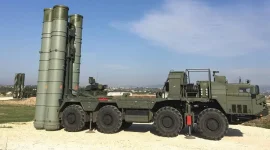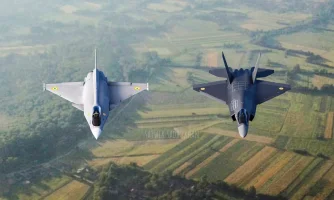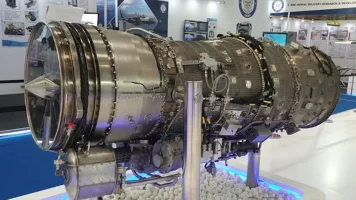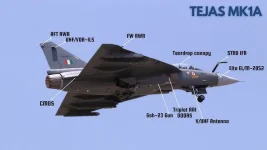- Views: 1K
- Replies: 8
In a significant step to enhance its strategic strike capabilities, India is equipping its domestically developed long-range cruise missile with an advanced self-protection system.
The Indigenous Technology Cruise Missile (ITCM), a subsonic weapon with a range of 1,500 kilometres, will be integrated with flare-dispensing technology to defend against heat-seeking projectiles, according to official sources.
This crucial upgrade is designed to improve the missile's survivability during missions.
Developed by the DRDO, the ITCM is engineered to fly at very low altitudes, a tactic known as "sea-skimming" or "terrain-hugging," which helps it evade enemy radar detection.
However, this low-flight profile makes it susceptible to attack from shoulder-fired Man-Portable Air-Defence Systems (MANPADS) and other short-range, infrared-guided missiles that home in on an engine's heat signature.
The new countermeasure system will allow the ITCM to release pyrotechnic flares, which burn at temperatures hotter than the missile's engine exhaust.
These flares act as decoys, presenting a more attractive target to an incoming heat-seeking missile's guidance system, thereby diverting the threat away from the ITCM and allowing it to proceed to its target.
This technology is a critical defensive measure for protecting high-value assets in modern combat scenarios.
The ITCM program represents a key achievement in India's push for self-reliance in defence technology. It is an advanced version of the earlier Nirbhay missile and is powered by the indigenous Manik turbo-fan engine, developed by DRDO's Gas Turbine Research Establishment.
The missile has undergone several successful flight tests, validating its engine performance and low-altitude flight capabilities.
Intended for deployment across the Indian Army, Air Force, and Navy, the ITCM is set to become a cornerstone of the nation's planned Integrated Rocket Force. This tri-service command will be responsible for operating a range of conventional and strategic missile systems.
The decision to add a defensive flare system has been influenced by observations from recent global conflicts, where low-flying missiles and drones have proven vulnerable to sophisticated air defence systems.
This development underscores India's strategy of not only creating advanced indigenous weapon systems but also ensuring they are resilient and capable of surviving in a complex and contested battlefield environment.
While the integration of flares significantly boosts the missile's defensive capacity, its ultimate effectiveness will be determined through extensive testing against the latest generation of MANPADS and other advanced threats.






